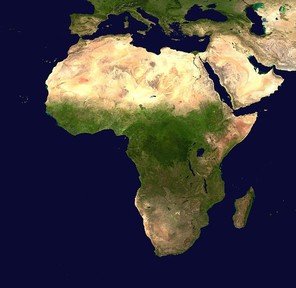
Out of Africa Trivia Quiz
From 1957 onwards, France and the United Kingdom began divesting themselves of colonial possessions in Africa. Can you match these former colonies with the names of the independent countries they became?
A matching quiz
by Red_John.
Estimated time: 3 mins.